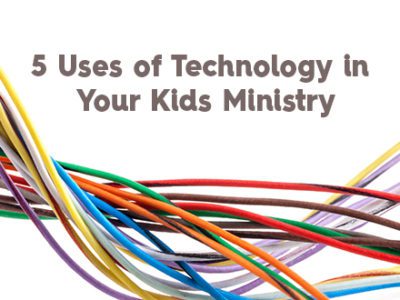 In the sixth part of this series examining the seven key findings from Good to Great by Jim Collins we focus on technology. Technology is not just continuing its blistering pace of being more deeply and thoroughly immersed in every facet of our lives, it’s accelerating.
In the sixth part of this series examining the seven key findings from Good to Great by Jim Collins we focus on technology. Technology is not just continuing its blistering pace of being more deeply and thoroughly immersed in every facet of our lives, it’s accelerating.
Here’s a sobering thought: The first iPhone was released less than a decade ago. It’s difficult to remember life before smartphones, isn’t it? But it was just 10 years ago! Just 10 years ago, we were still using paper maps, remembering phone numbers, and calling restaurants and stores for information instead of checking their websites from our phones.
So we would expect technology to be crucial for good businesses to become great, right? Well, that’s not quite what Collins and his team discovered. Tech was important, but nowhere near central. Good-to-great companies used tech to accelerate momentum, not to create it. In other words, good-to-great companies didn’t think about tech as being the key to their success, but they also were quick to consider how tech could aid them in what they did best—their hedgehog.
And that is a great take-away for our kids ministries. How can we incorporate technology into our ministries to help us pursue our ministry sweet spot? How can tech save us time, energy, and money and increase the effectiveness of what we have been called to do?
Here are several ways you might be able to use tech to accelerate your ministry:
- Training: In the last blog post in this series, we discussed how to create a culture of learning and provided several tech-related delivery platforms. Consider how you can encourage leaders and parents to use tablets to view training content.
- Check-In: Keeping kids secure is paramount in kids ministry. And that can certainly be done through various low-tech solutions, but if you are able, consider how you can use tech to make this process as secure and efficient as possible. Also, don’t miss opportunities to incorporate tech to communicate with parents during the check-in and check-out times. Consider playing videos or slideshows detailing upcoming events, what is being taught that day, and ministry highlights.
- Classrooms: Videos and music are often used in kids curricula and the dropping cost of televisions and other equipment makes it possible even for smaller churches to use these resources to help teach kids. If installing televisions in each room is out of reach because of cost or you are in a portable context, consider laptops as an alternative.
- Ministry Data: A database is great for so much more than tracking contact information and attendance. Many databases will also generate automatic reports based on parameters you set up, such as when a kid has missed two weeks in a row. Some will go a step further and even generate automatic emails or letters to be printed. Imagine using tech to automatically contact your teachers letting them know their kids who have missed and reminding them to give each absent kid a call without you needing to do anything.
- Apps: Each Lifeway Kids Bible study includes an app designed for parents to use in the home. This is one way kids ministries can partner with parents and equip them to disciple their kids. There are also a number of great Bible and devotional apps, and developing your own ministry app is an affordable option as well.
Next up: Slowly generating ministry momentum that lasts.
Brian Dembowczyk is the team leader for The Gospel Project for Kids. He served in local church ministry for over 16 years before coming to Lifeway. Brian earned an M.Div. from the Southern Baptist Theological Seminary and a D.Min. from the New Orleans Baptist Theological Seminary. He and his family live in Murfreesboro, TN.


 Praying Through the School Year
Praying Through the School Year »
»
Leave a Reply